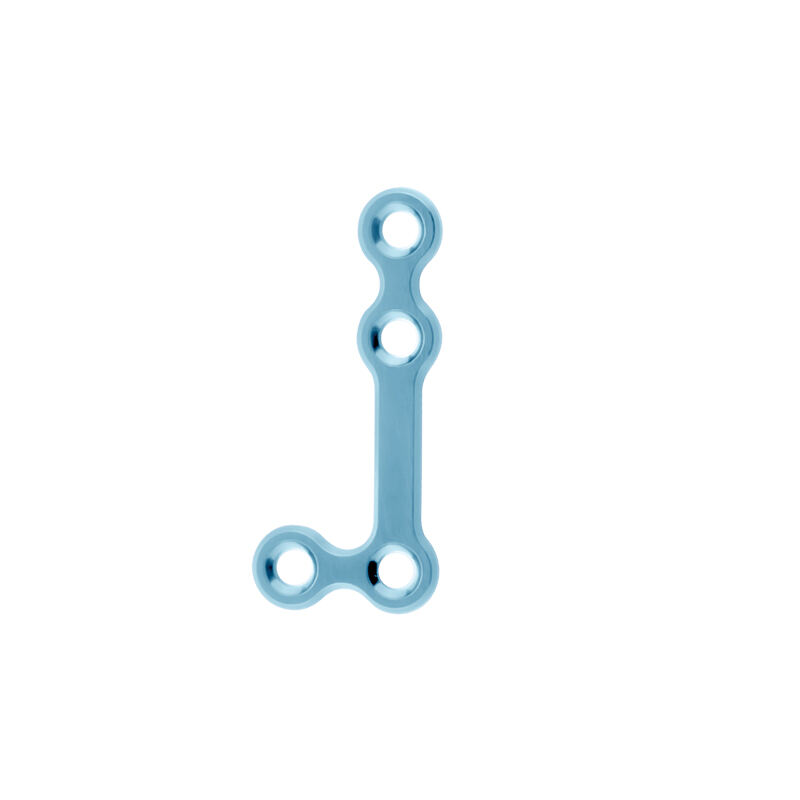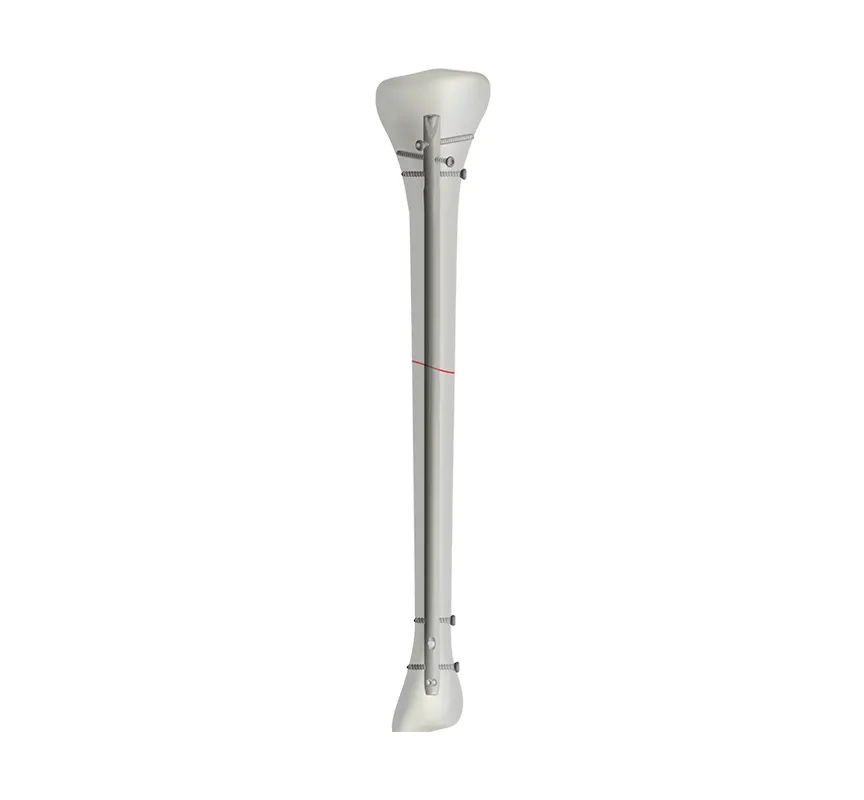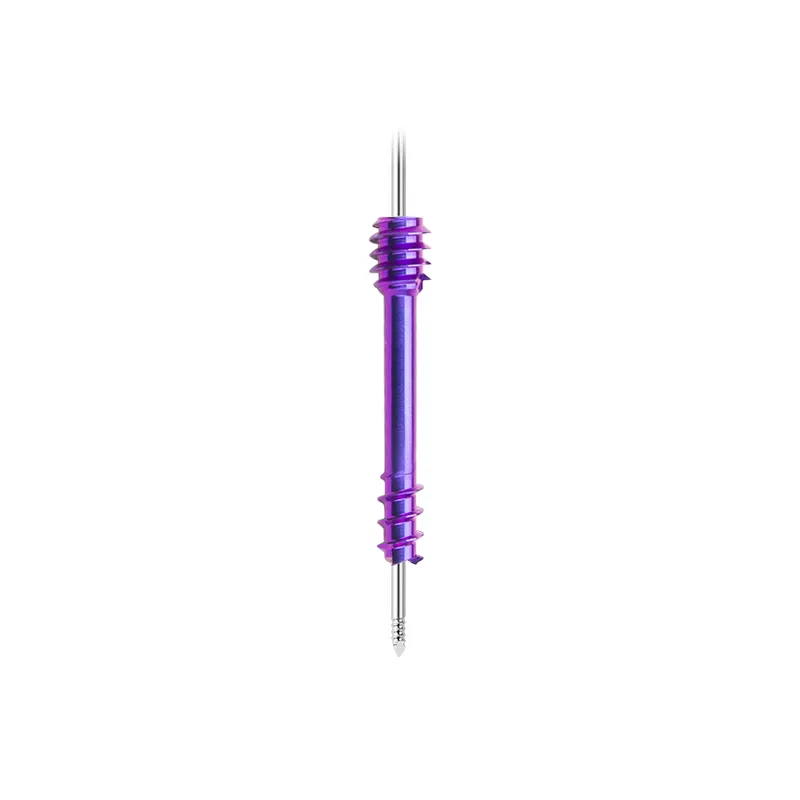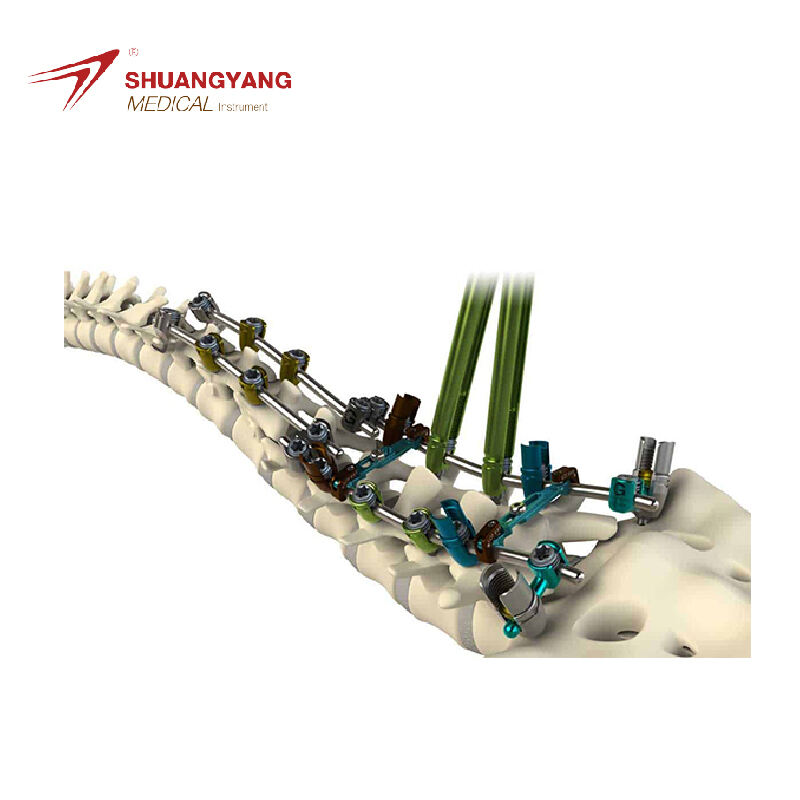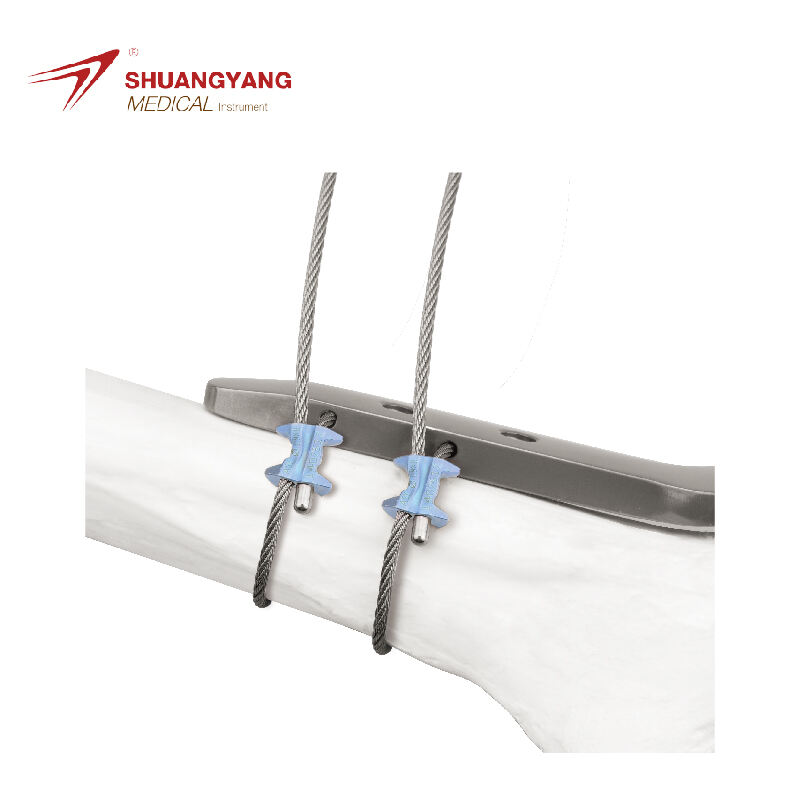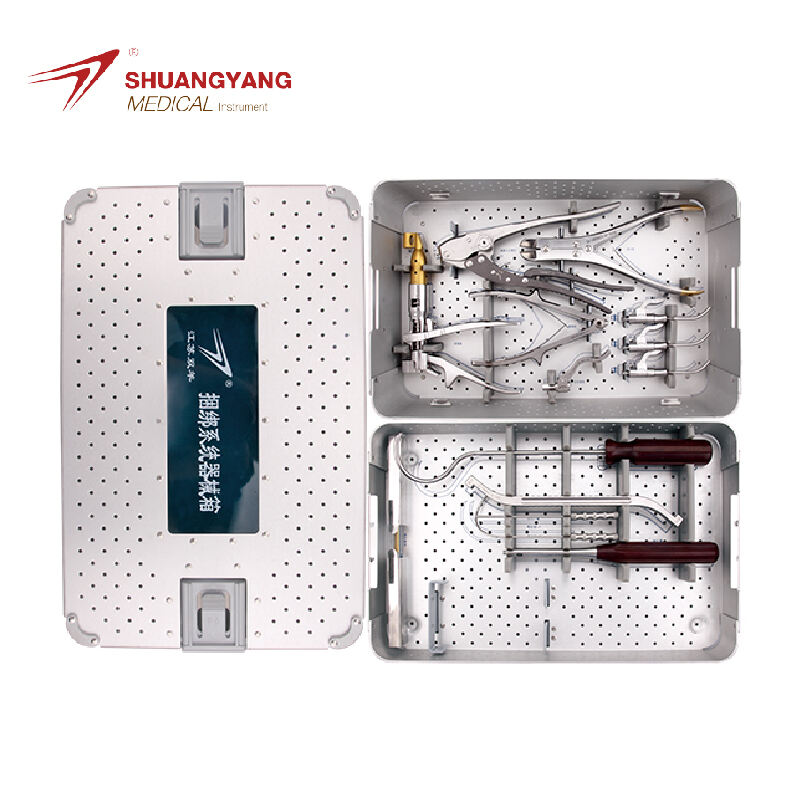proximal femoral locking plate
The proximal femoral locking plate is a sophisticated orthopedic implant designed to stabilize fractures in the proximal femur, the region near the hip joint. Its main functions include maintaining the alignment of the bone, supporting the weight of the body, and facilitating the healing process. Technological features of this plate involve a unique locking screw mechanism that provides angular stability, minimizing the risk of implant failure. The design incorporates a low-profile structure that reduces soft tissue irritation and a modular format that adapts to various fracture patterns. Applications of the proximal femoral locking plate are extensive, from high-energy trauma cases to osteoporotic bone conditions, offering a reliable solution for surgeons and patients alike.
 EN
EN
 FR
FR
 ES
ES
 AR
AR




